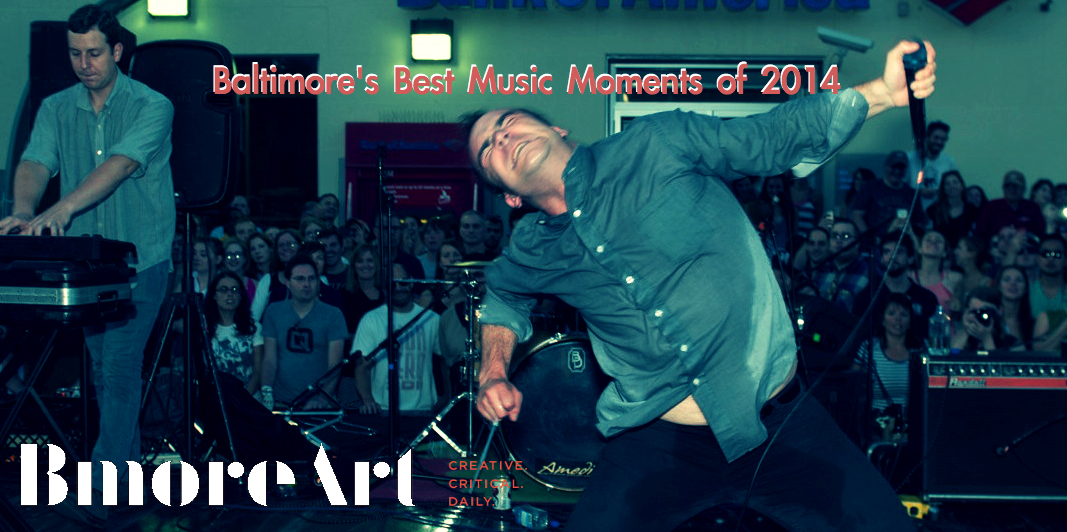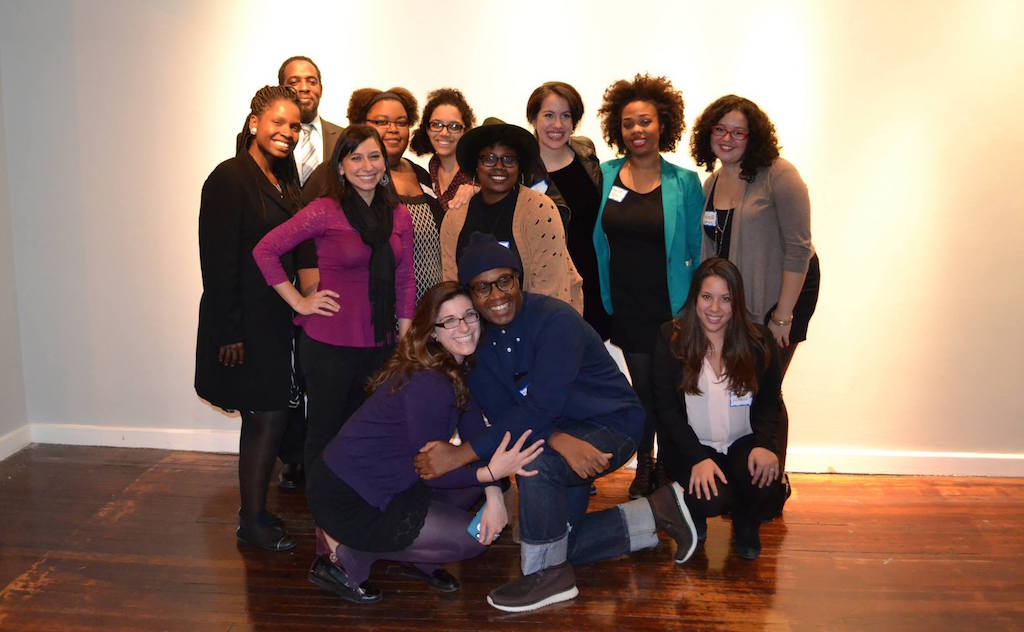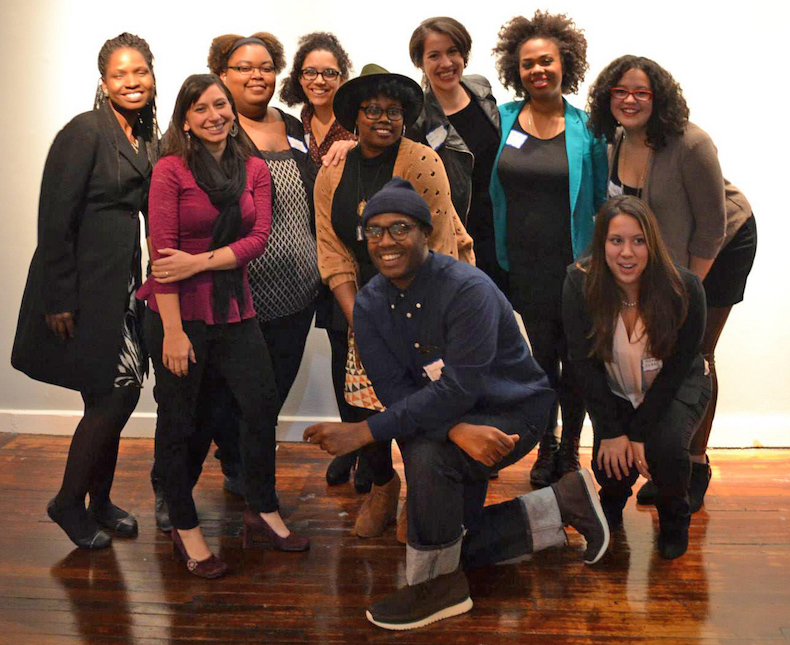Cara Ober sits down with the Inaugural Fellows of the Urban Arts Leadership Program
How can we use the arts as a tool for a more integrated and open society in Baltimore? How can we make the arts more diverse and more vital? After a heated, recent discussion of racial silos in Baltimore area arts organizations, stemming from an article by Kalima Young in the Baltimore City Paper, the need for more inclusion, more transparency in funding, and more communication between disparate groups came into crystal clear focus. However, there were few solutions offered after the conversation died down.
Should we look to artists to lead this dialogue through politically charged works and demonstrations? Should museums and galleries be more forward thinking, in spite of their ongoing struggles for funding?
Instead of participating in the debate or pointing fingers, the Greater Baltimore Cultural Alliance, in conjunction with Artists U, has quietly and strategically focused their energy into a brand new program designed to specifically combat these issues. The Urban Arts Leadership Program is partially funded by the Surda Foundation and mentors young college graduates, all persons of color, interested in assuming leadership roles in arts administration in Baltimore.
I recently conducted an interview with the GBCA’s Inaugural group of ten Urban Arts Leadership Fellows, designed to “diversify and strengthen administrative leadership in cultural organizations by connecting emerging professionals to training and resources that will help position them as leaders.” The new program provides all sorts of training and support to the ten fellows selected, including weekly workshops, networking, and a paid six month internship with an area art non-profit.
The 2014-25 UALP fellows include Jermaine T. Bell, Melani Douglass, Danielle Faulkner, Maria Garcia, Michelle Gomez, Jennifer Gray, Megan Lewis, Hope Llanso, Amanda Morell, and Amy Villagomez.
On a cold December Saturday, I sat down at the Enoch Pratt Library with nine of the fellows (Michelle Gomez was ill and not able to be there) and program manager David Mitchell to discuss their relationship to the program and one another, and their goals for the future of the arts in Baltimore.
According to UALP fellow Megan Lewis, a recent BFA Illustration Graduate of Ringing College Of Art and Design, “For any young artist living in Baltimore, and trying to make it in the art industry is tough. For young urban African American artists, navigating through the art world is a lot more difficult, because we are directly effected by a lack of community that is not in place for us.” One goal for Lewis in participating in UALP is to make contemporary African American art more visible in Baltimore – especially for young people, in strengthening the community and also for rising African American artists.
And for Michelle Gomez, a recent graduate of MICA’s MFA in Curatorial Practice program, one main goal in participating in the UALP program is “a more diverse arts scene in Baltimore that is not just black and white, but also inclusive of the growing Baltimore Latino community.”
Addressing issues of inequality and division is a huge obstacle in the arts – both locally and nationally. However, according to Gomez, “Arts administrators like me can and are making a difference by working collaboratively with under-represented audiences like Latinos and African Americans to make relevant and accessible art exhibitions that bring people together to discuss social issues and celebrate the diversity of Baltimore. We just have to do outreach outside of the typical arts community.”
As an artist and arts writer here in Baltimore, I am constantly thinking about how to make Baltimore’s art culture more sustainable, more visible, more inclusive, better funded, and more effective. After an illuminating and honest hour of discussion, I felt incredibly lucky to have the opportunity to sit down with a group of young people with strong ideas and the desire to transform the future of the arts. It was great to meet those who will one day make decisions on cultural programming across the city and it will be thrilling to watch their careers unfold.
For more information about the Urban Arts Leadership Program and it’s fellows, go to their page on the GBCA website.
Author and Interviewer Cara Ober is founding editor at BmoreArt.
Photo by Anthony Summers.
To listen to other audio interviews, visit BmoreArt’s Soundcloud page.








